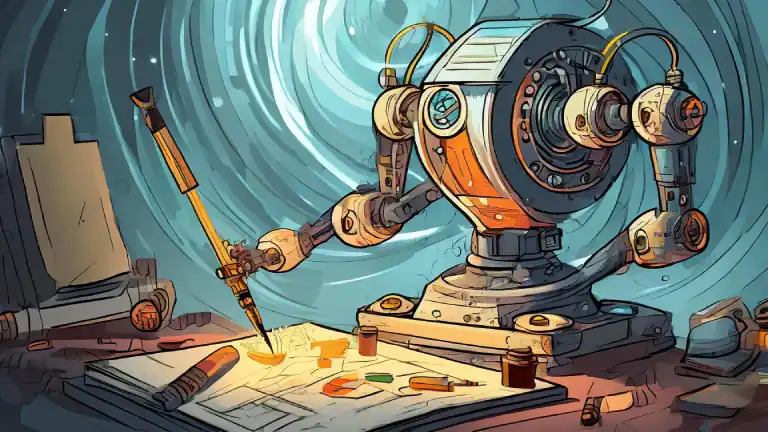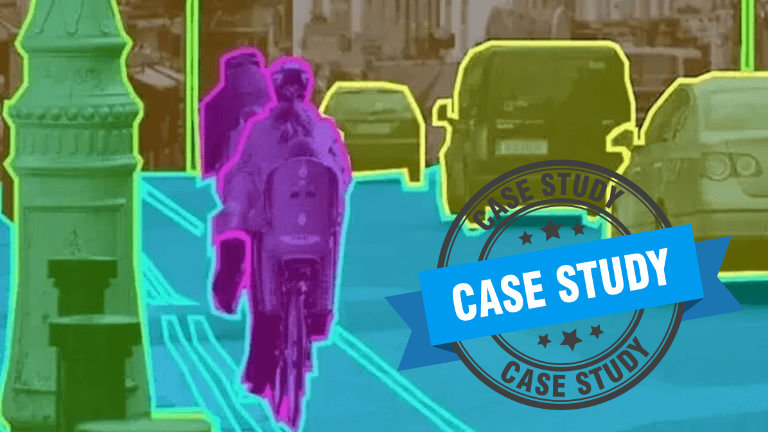Generative AI has been making waves in the tech world, but what exactly is it? Simply put, Generative AI refers to systems that can create content. This content can be anything from text and images to music and videos.
A Brief History of Generative AI
The roots of Generative AI can be traced back to the 1950s, when the concept of artificial intelligence first emerged. Early AI efforts focused on rule-based systems and symbolic reasoning. However, it wasn’t until the development of neural networks in the 1980s that significant progress was made.
Fast forward to the 2010s, and the rise of deep learning marked a turning point. Researchers developed models like Generative Adversarial Networks (GANs) and Variational Autoencoders (VAEs), which revolutionized the field. GANs, introduced by Ian Goodfellow in 2014, consist of two neural networks—a generator and a discriminator—competing against each other to produce increasingly realistic outputs. This breakthrough allowed for the creation of highly convincing images and videos.

Generative AI and the Role of Data Annotation
Data labeling is crucial for developing training datasets for generative AI models. By annotating raw data with precise labels or metadata, we provide essential context and meaning to machine learning algorithms.
Misconceptions and Hype
Generative AI has been surrounded by both hype and misconceptions. One common myth is that AI can create something from nothing. In reality, these systems rely heavily on the data they are trained on. Without high-quality data, the generated content would not be as impressive.
Another area of concern is the ethical implications. Deepfake technology, for example, has been criticized for its potential misuse in creating misleading or harmful content. It’s essential to develop and enforce guidelines to ensure AI is used responsibly.
Entertainment Industry and Generative AI
Generative AI has also made its way into pop culture. Movies like “Her” and TV shows like “Westworld” explore themes related to AI’s creative potential and ethical dilemmas. These stories reflect both the fascination and the fear society has about the future of AI.
Generative AI has sparked significant debate within the entertainment industry, particularly among actors and writers who fear being replaced by AI-generated content. The potential of AI to create lifelike digital characters and generate scripts raises questions about the future of human creativity and employment in these fields.
Actors are concerned that AI could be used to create digital replicas, leading to fewer opportunities for real performers. This technology, known as deepfake, has already demonstrated its ability to create realistic digital likenesses of actors, which can be manipulated to say or do things they never actually did. This not only raises ethical questions about consent and authenticity but also threatens the livelihood of actors who rely on their unique performances to earn a living.
Writers, on the other hand, are worried that AI-generated scripts could replace human creativity. Tools like GPT-4 can already generate coherent and contextually relevant text, which has led to experimentation with AI-written screenplays and dialogue. While these tools can help with brainstorming and drafting, there is a fear that studios might eventually rely on AI to produce entire scripts, reducing the demand for human writers.
These concerns are not unfounded. The efficiency and cost-effectiveness of AI-generated content could entice studios and production companies to favor AI over human talent. However, there is also a strong argument that human creativity and emotional depth cannot be fully replicated by AI. The nuances of human performance and the unique perspectives of human writers bring an irreplaceable richness to entertainment that AI, at least for now, cannot match.
Applications of Generative AI
Generative AI has a wide range of applications. Here are a few key areas:
Art and Design: Artists and designers use AI to create new pieces of art, generate design ideas, and even restore damaged artworks. AI tools can assist in creating stunning visuals that push the boundaries of creativity. In 2018, a portrait generated by AI, “Edmond de Belamy,” sold at auction for $432,500, highlighting the growing intersection of AI and art.
Content Creation: In the media industry, AI generates articles, scripts, and marketing content. Tools like GPT-4 can write coherent and contextually relevant text, making content creation faster and more efficient. There’s also been experimentation in generating entire comic books and movie scripts.
Healthcare: AI helps in drug discovery, medical imaging, and personalized medicine. By generating potential molecular structures or analyzing medical images, AI accelerates research and improves diagnostic accuracy.
Entertainment: The gaming and film industries leverage AI to create realistic characters, immersive environments, and even entire storylines. AI-generated content enhances user experiences and opens up new possibilities for interactive entertainment. For example, deepfake technology, which uses GANs, has been used to create lifelike recreations of actors, sparking both excitement and controversy.
Education: AI creates personalized learning materials, tutors, and even entire courses tailored to individual learning styles and needs, making education more accessible and effective.
The Future of Generative AI
The future of Generative AI is both exciting and complex, with numerous advancements on the horizon. We can expect hyper-personalization to become a significant trend. Generative AI will soon be able to create highly personalized content in real-time, such as marketing materials, music playlists, or educational modules tailored specifically to individual preferences and needs. Imagine an AI that can generate a custom movie script based on your favorite genres and plot elements.
Another significant development will be the evolution of advanced human-AI collaboration. Artists, writers, and designers will work alongside AI to co-create content. AI could handle repetitive or complex tasks, allowing human creators to focus on the creative aspects. Early concepts like OpenAI’s DALL-E and Codex are already showing how AI can assist in generating images from text descriptions and writing code snippets, respectively.
Generative AI will also play a critical role in creating synthetic data for training other AI models. This is particularly useful in fields where data is scarce or sensitive, such as medical research. Synthetic data can help improve the robustness and performance of AI systems without compromising privacy.
In gaming and virtual reality, Generative AI will be used to create more immersive and realistic environments. AI will generate landscapes, characters, and interactive elements dynamically, leading to endless possibilities for game design and virtual experiences.
As Generative AI becomes more powerful, ethical and legal challenges will intensify. Issues such as deepfake technology, data privacy, and the potential misuse of AI-generated content will need to be addressed. Frameworks and regulations will evolve to ensure responsible use of this technology.
Things to Watch For
AI-Generated Misinformation: One of the biggest concerns is the use of Generative AI to create realistic but false information. Deepfakes and AI-generated news articles can be used to mislead or manipulate public opinion. It’s crucial to develop technologies and policies to detect and counteract such misuse.
Intellectual Property Issues: As AI creates new content, questions about ownership and intellectual property rights will arise. Who owns the rights to a piece of art generated by an AI? These issues will need clear guidelines and legal frameworks.
Bias and Fairness: AI systems are only as good as the data they are trained on. If the training data is biased, the AI’s outputs will also be biased. Ensuring fairness and avoiding discrimination in AI-generated content will be an ongoing challenge.
Dependence on AI: There’s a risk that over-reliance on Generative AI could stifle human creativity and critical thinking. Balancing the benefits of AI assistance with the need to maintain and nurture human ingenuity is essential.
In conclusion, Generative AI is set to revolutionize many aspects of our lives, offering unprecedented opportunities for innovation and creativity. However, it also presents significant challenges that need to be navigated carefully. By understanding and addressing these issues, we can harness the power of Generative AI responsibly and for the greater good.
DeeLab specializes in providing comprehensive data services to help businesses thrive in the digital age. Our expertise spans across precise data annotation, efficient document processing, and insightful web research. We are committed to delivering high-quality solutions tailored to meet the unique needs of each client.




